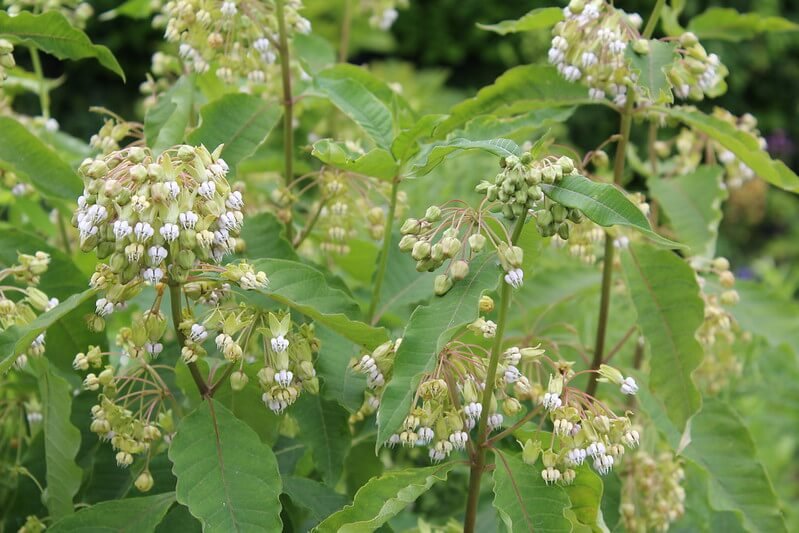 Image 1 of 2
Image 1 of 2

 Image 2 of 2
Image 2 of 2



Tall Green Milkweed (Asclepias hirtella)
Tall Green Milkweed is a lesser-known species of the milkweeds. Its flowers are visited by a variety of native bees and some butterflies who visit for the nectar reward (illinoiswildflowers.info). It is the host plant to the Monarch, Cecropia, and 11 other species of butterflies and moths in our area (nwf.org). Deer and other mammals tend to avoid Tall Green Milkweed due to its milky, bitter-tasting sap.
Photo credit: Wisconsin State Natural Area (1), John Blair (2)
Tall Green Milkweed is a lesser-known species of the milkweeds. Its flowers are visited by a variety of native bees and some butterflies who visit for the nectar reward (illinoiswildflowers.info). It is the host plant to the Monarch, Cecropia, and 11 other species of butterflies and moths in our area (nwf.org). Deer and other mammals tend to avoid Tall Green Milkweed due to its milky, bitter-tasting sap.
Photo credit: Wisconsin State Natural Area (1), John Blair (2)
Tall Green Milkweed is a lesser-known species of the milkweeds. Its flowers are visited by a variety of native bees and some butterflies who visit for the nectar reward (illinoiswildflowers.info). It is the host plant to the Monarch, Cecropia, and 11 other species of butterflies and moths in our area (nwf.org). Deer and other mammals tend to avoid Tall Green Milkweed due to its milky, bitter-tasting sap.
Photo credit: Wisconsin State Natural Area (1), John Blair (2)
Life Cycle: Perennial
Sun Exposure: Full-Partial
Soil Moisture: Medium/wet – Dry
Height: 2-4 feet
Plant Spacing: 1.5-2 feet
Bloom Time: June-August
Bloom Color: White
Advantages: Pollinator Favorite, Deer Resistant
Host Plant: Monarch, Cecropia, and 11 other species of butterflies and moths use this as a caterpillar host plant in our area (nwf.org)





